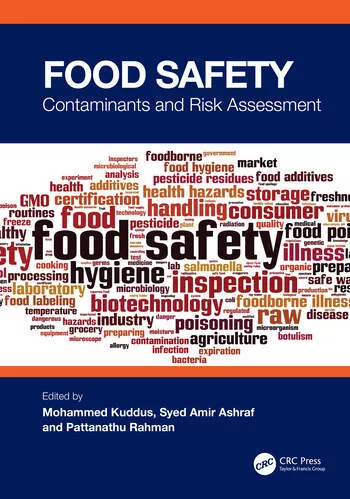Study Estimates $1.5 Trillion in Economic Losses From Health Harms of Three Chemical Contaminants

Image credit: photogenia via Freepik
Researchers have estimated a global economic cost of $1.5 trillion per year associated with three toxic chemicals commonly found in plastics and food contact materials, due to premature deaths, chronic diseases, and lower IQs. The study looked at data from 38 countries, representing one-third of the world’s population, for exposure to bisphenol A (BPA), di(2-ethylhexyl) phthalate (DEHP), and polybrominated diphenyl ethers (PBDEs).
The study was co-authored by researchers at the University of Massachusetts Amherst (UMass Amherst), the University of Maryland (UMD), and the Minderdoo Foundation in Perth, Australia, which also supported the project. Data from 2015 was analyzed to calculate the estimate, as it is the year that provided the most complete assessment based on the availability of data.
The researchers call for a “paradigm shift in national chemical law” to protect human health from the hazards posed by chemicals in plastics, and advocate for binding international agreements under the UN Global Plastics Treaty to safeguard public health, especially in low- and middle-income countries where plastic consumption is rapidly increasing.
The researchers note that the U.S., Canada, and members of the EU have adopted measures to reduce exposure to BPA, DEHP, and PBDEs. It credits these efforts with declines in associated health risks over time. For example, cardiovascular mortality attributable to BPA in the U.S. fell by 60 percent from 2003– 2015 due to regulatory actions and voluntary actions by manufacturers. Despite these advancements, more than 70 percent of chemicals used in plastics remain untested for toxicity, according to the researchers.
BPA
BPA is an endocrine-disrupting chemical that is notorious for its in inclusion in food packaging and food contact materials, as well as its association with cardiovascular diseases, diabetes, and reproductive disorders. The study suggested an association between BPA exposure and 5.4 million cases of heart disease and 346,000 strokes, leading to 431,000 deaths. The economic toll of these deaths was valued at nearly $1 trillion 2015 international dollars.
In the U.S., BPA is prohibited from being used in packaging for powdered and liquid infant formula, as well as in baby bottles and sippy cups, but is not federally prohibited from use in other food contact items.
The EU is considering a widespread ban on some bisphenols, including BPA, in all food contact materials, including packaging and food processing equipment. The proposal follows a different ban that was enacted six years prior prohibiting BPA in drinking bottles and containers for infants and children, as well as its use in other consumer products like receipt paper. The new ban has been adopted by an EU Member States expert committee and awaits adoption by the European Commission.
Looking for quick answers on food safety topics?
Try Ask FSM, our new smart AI search tool.
Ask FSM →
DEHP
DEHP, a plasticizer used in industrial food processing and household products, has been linked to cardiovascular mortality and developmental issues. A previous study led by Northwestern Medicine linked DEHP to uterine fibroid (tumor) growth.
The study led by UMass Amherst and UMD estimates that exposure to DEHP, especially among individuals aged 55-64, was linked to approximately 164,000 deaths, resulting in economic losses of $398 billion.
The EU is currently reevaluating the health risks posed by plasticizers used in food contact materials, in which DEHP is a priority chemical.
PBDEs
Exposure to PBDEs among pregnant women led to a loss of 11.7 million IQ points in children born that year, with associated productivity losses exceeding $80 billion. These chemicals, which are flame retardants added to synthetic textiles, furniture, and other household products, are neurotoxic and impair cognitive development in children when their mothers are exposed during pregnancy.
In 2023, the European Food Safety Authority (EFSA) found that food contaminated with PBDEs pose a health risk to all ages. The chemical was mainly found in food of animal origin, such as fish, meat, and milk.









